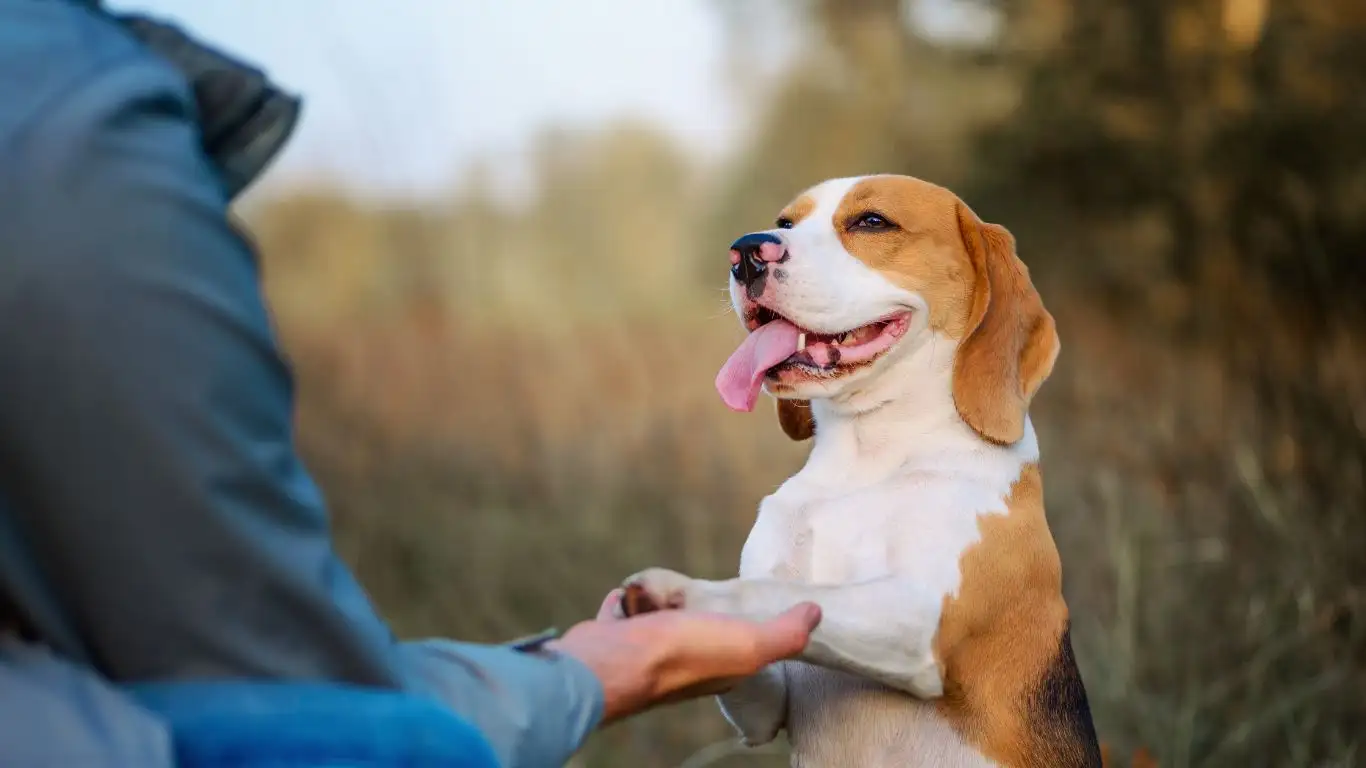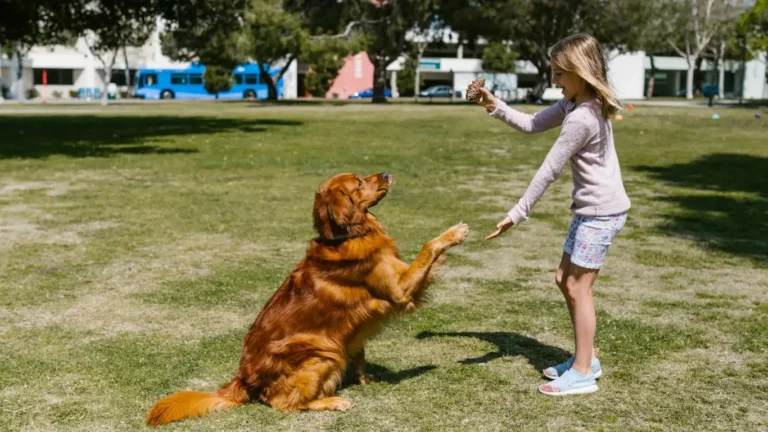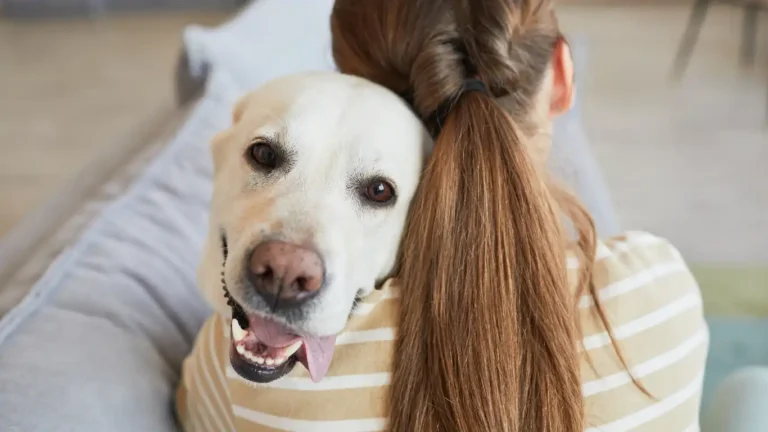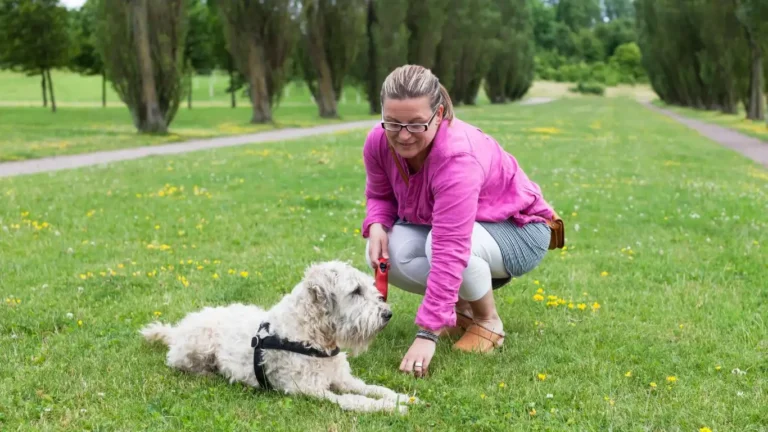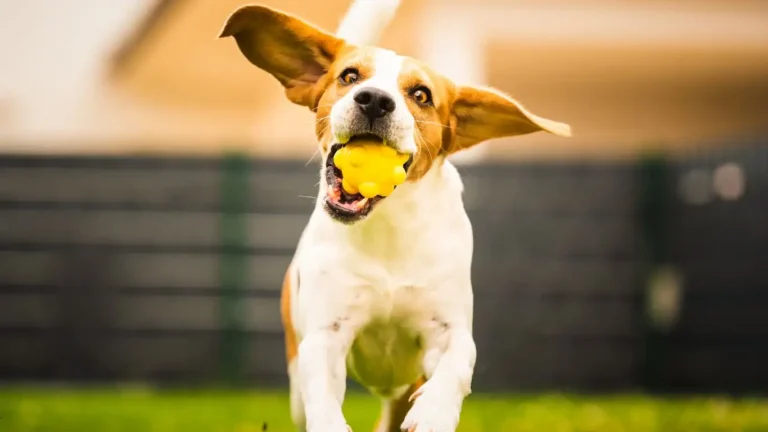How to Train a Dog to Walk on a Loose Leash for Calm Daily Walks
If you’ve ever found yourself being dragged down the street by an overexcited pup, trust me—you’re not alone. One of the most common questions I get as a Canine-Assisted Therapy Trainer is: how to train a dog to walk on a loose leash. And hey, I’ve been there too—arm nearly pulled out of the socket, trying to keep things calm while my dog lunged at a squirrel like it owed him money. Teaching loose leash walking isn’t just about having a well-behaved dog; it’s about enjoying your walks together and building trust every step of the way.
Why Loose Leash Walking Matters

It’s more than just a party trick. Walking calmly on a leash is foundational for a dog’s behavior and your sanity. When your dog learns to walk on a loose leash, it creates a ripple effect across other behaviors—less reactivity, less pulling, and way more confidence. I’ve worked with therapy dogs that had all the charm in the world but struggled with leash manners. Once we tackled that, everything else got easier.
Understanding the Root of Pulling
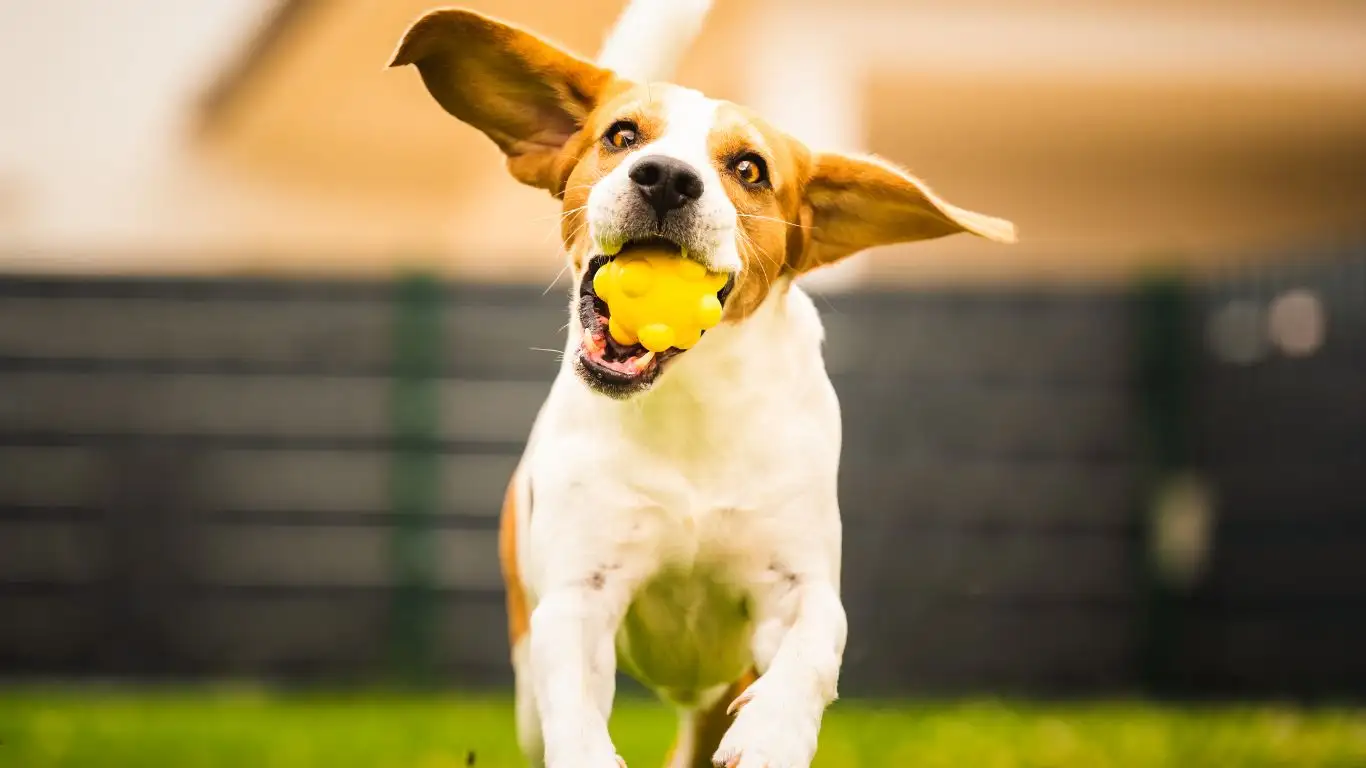
Let’s start with why dogs pull. It’s not because they’re defiant—it’s because they move faster than us and get rewarded by forward motion. Every time your pup pulls and gets to sniff that fire hydrant, they’ve basically won the jackpot. Unintentional rewards like this reinforce the behavior.
Common Reasons Dogs Pull:
- They’re excited or overstimulated
- They’ve never been taught otherwise
- They’ve got energy to burn (looking at you, young Labs and Huskies!)
- The gear (like retractable leashes) may be encouraging pulling
In my therapy sessions, I always say: dogs aren’t born knowing how to walk with us—we have to teach them, and that takes time, patience, and a sprinkle of humor when things go sideways.
Choosing the Right Gear for Loose Leash Success
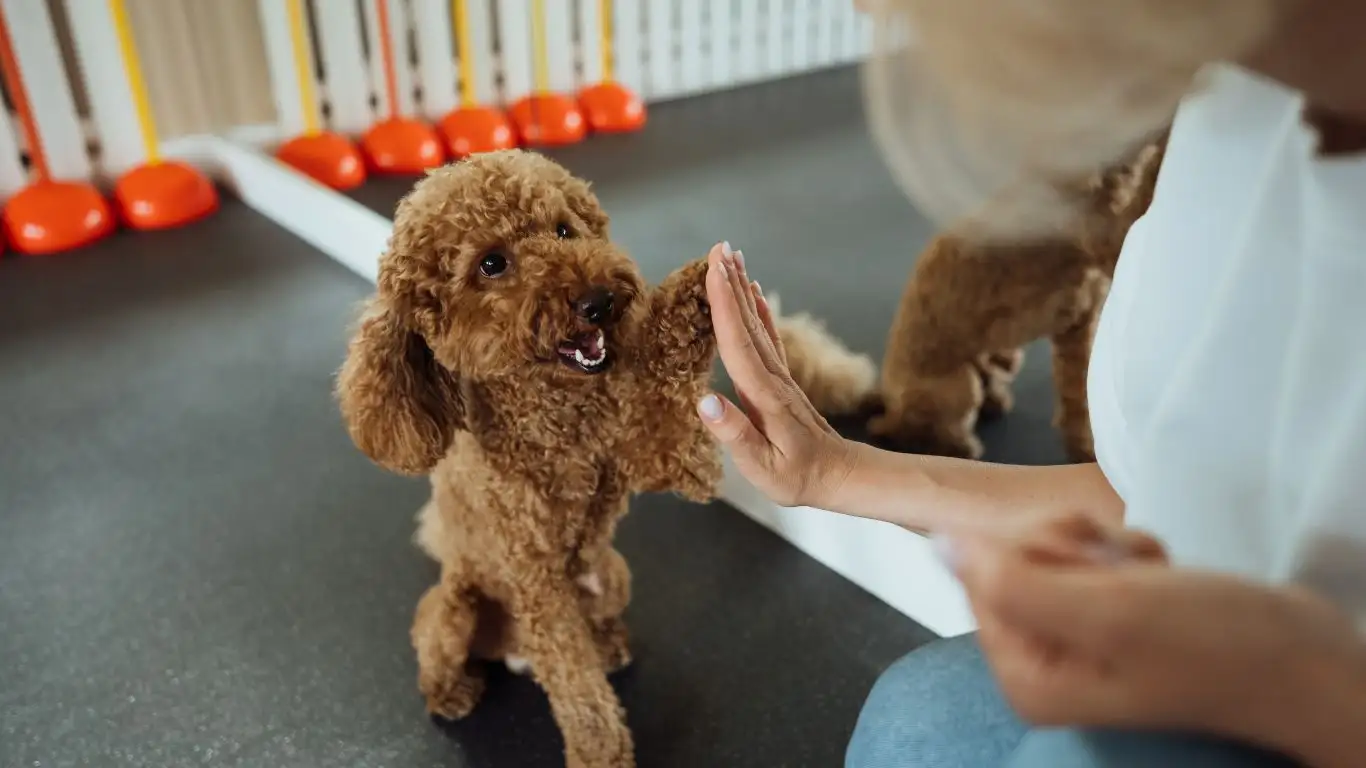
The right tools can make a world of difference. I’m not big on gadgets, but I do believe in using gear that sets both you and your dog up for success. For my clients—especially those training therapy dogs—we usually start with a front-clip harness or a properly fitted head halter.
Recommended Gear:
- Front-clip harness: These reduce pulling by redirecting your dog’s movement when they surge forward.
- Standard 4–6 ft leash: Ditch the retractables. Consistent leash length matters when training.
- High-value treats: Think turkey, cheese, or whatever makes your dog’s eyes pop. You’ll need ’em.
One of my therapy dogs, Moose—a gentle Newfoundland with a heart of gold but the strength of a truck—completely transformed once we switched from a flat collar to a front-clip harness. The pulling dropped by half in just a week.
Starting Out: The Basics of Teaching Loose Leash Walking
Before you step outside, start indoors or in a quiet backyard. This reduces distractions and lets your dog learn the ropes in a low-pressure environment.
Step-by-Step Beginner Tips:
- Mark & Reward: Every time your dog is near you with a slack leash, mark the moment with a cue like “Yes!” and give a treat.
- Short Sessions: Start with 5–10 minute training walks. Quality beats quantity here.
- Change Direction Often: If they start to pull, turn the other way. This teaches them to keep an eye on you.
Think of it like a dance—your dog is learning your rhythm, and you’re learning theirs. Sure, you’ll step on each other’s toes at first. But with time, it becomes second nature. I’ve had even high-energy breeds like Border Collies heel beautifully within a month, just by staying consistent with this method.
Keeping Your Dog Engaged While Training
One trick I swear by? Make yourself the most interesting thing on the walk. If your dog is glued to every bird and blowing leaf, you’ve got some competition. That’s where engagement games come in—sudden direction changes, treat tosses, even short obedience cues like “sit” or “touch” can refocus them on you.
Quick Engagement Ideas:
- “Find it” game: Toss a treat ahead and let them sniff it out.
- Pattern walking: Walk in a square, rewarding at each corner.
- Training check-ins: Reward when they voluntarily look at you.
These games aren’t just fun—they build that teamwork vibe that’s essential for therapy work and any walk, really. Loose leash walking turns into less of a struggle and more of a shared experience. And that’s what it’s all about, right?
What to Do When Your Dog Forgets Their Manners

So, your pup is doing great one day, and the next, it’s like you’re walking a kite in a windstorm. Totally normal. Even the best-trained dogs can have an off day—just like we do. I remember working with a golden retriever named Sunny who was a loose-leash rockstar for two weeks… then one morning, she just decided squirrels were her life’s calling. It happens.
The key here isn’t perfection—it’s consistency and staying calm. If your dog suddenly starts pulling again, don’t yank or scold. Just stop walking. Stand still. The moment they loosen the leash and turn toward you, praise and move on. It sends a clear message: pulling gets you nowhere, staying close gets the green light.
Here’s what I do when the leash goes tight:
- Stop walking. Freeze like a tree.
- Wait it out. When the leash loosens—even slightly—praise and treat.
- Restart with focus. Use a cue like “Let’s go!” and take off again.
One of my go-to mantras with clients is: “If you don’t want them to repeat it, don’t reward it.” And yes, forward motion is often a huge reward.
Building Leash Skills in the Real World

Once your dog is cruising comfortably in quiet spaces, it’s time to up the ante. The real world is full of distractions—kids on scooters, other dogs, rustling leaves. So gradually increase the challenge without overwhelming them. In therapy dog training, this step is vital. A dog might heel like a champ in the backyard, but take them to a park, and boom—instant chaos.
Try these progressive challenges:
- Neighborhood walks: Low-level distractions like parked cars and mailboxes.
- Busy parks: Great for exposure, just keep sessions short at first.
- Pet-friendly stores: Tons of smells and noises—ideal for polishing focus.
When I worked with a German Shepherd named Echo, we started leash training in her owner’s garage. After a few weeks, she was walking calmly down Main Street—past food carts and other dogs—with her leash loose and her eyes on her handler. Slow steps, big wins.
Using Rewards Strategically
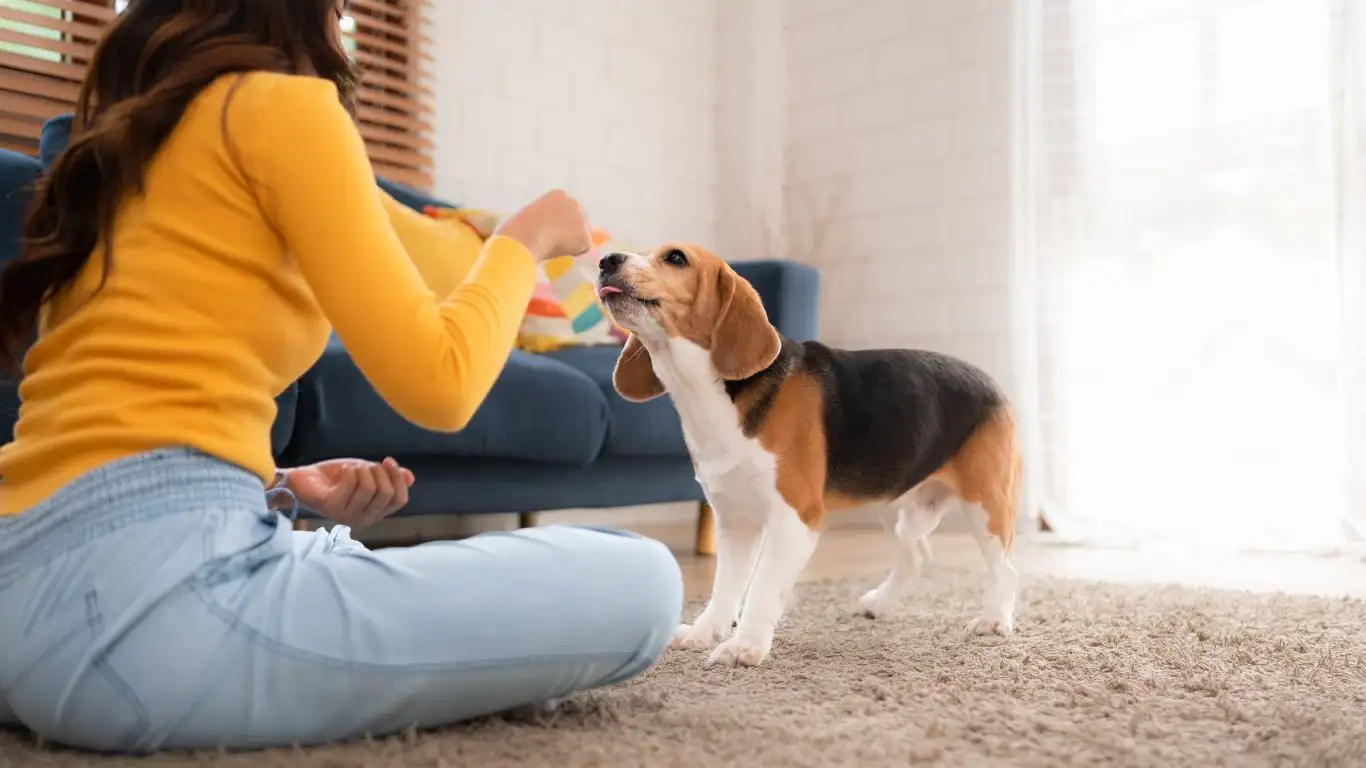
Let’s talk treats. High-value food rewards are gold when you’re starting out—but they don’t have to last forever. I usually recommend using them heavily in the beginning, then fading them out gradually.
How to fade rewards without losing progress:
- Switch to variable reinforcement: Treat every second or third success, not every single one.
- Use life rewards: Let your dog sniff that bush or greet a friend as a “treat.”
- Layer in praise and touch: Some dogs love a good “Yes!” and a quick scratch more than kibble.
With my therapy dogs, I eventually transition them to earning privileges on walks—like a few minutes off-leash play at the park or getting to choose our direction at a fork. These non-food rewards keep motivation high and behavior solid.
Common Pitfalls (and How to Dodge ‘Em)
Everyone makes mistakes—no shame in that game. But knowing what to watch for can help you stay on track. Here are a few slip-ups I’ve seen (and made myself!) more times than I can count:
Watch out for:
- Inconsistency: Letting your dog pull “just this once” can set you back days.
- Overwhelming environments too soon: Build focus before adding distractions.
- Using the wrong gear: A poor-fitting collar or retractable leash will sabotage your efforts.
And hey, if your dog backslides, don’t panic. Just scale things back a bit, refresh those early lessons, and keep it light and positive. I once had to go back to square one with my own dog after a long vacation threw off our groove. No biggie—it actually helped reinforce everything even better the second time.
The Emotional Side of Leash Training
Let’s not ignore the human side of this journey. Loose leash walking can feel frustrating, especially when progress is slow. But give yourself grace. You’re building a communication system with your dog, and that takes time. As a trainer, I always encourage people to celebrate small wins—a leash that’s slack for five steps is still progress!
Plus, those moments of connection? When your dog glances up at you with that “I got you, buddy” look? That’s the real magic. Therapy work or not, this kind of training deepens your bond in a way that’s hard to describe but impossible to miss.
Advanced Tips to Keep Loose Leash Walking Strong

By this point, you and your dog have built a solid foundation for loose leash walking. But as any trainer (or dog parent) knows, the journey never really ends. Life changes, new environments, and even your dog’s mood can influence their leash manners. So, here are some advanced pointers from my years working with therapy dogs that can keep your progress steady and even help you level up.
Keep Mixing Up the Rewards
Once your dog understands the basics, don’t fall into the trap of always using treats as the only motivation. I like to say, “Keep your rewards unpredictable, just like real life.” Switch between treats, praise, play, or even a chance to sniff something exciting. This variety keeps your dog engaged and eager to pay attention.
Practice “Loose Leash” in Different Contexts
Walks aren’t all the same, and your dog needs to understand that the rules stay consistent whether you’re hiking a trail, strolling downtown, or walking around the block. Try practicing loose leash walking in new spots regularly. When I train therapy dogs, we introduce novel environments gradually to build confidence and focus.
Increase Distance and Duration Gradually
Don’t rush into long walks or high-distraction areas. Step up the length and complexity slowly. Your dog’s brain needs to keep up with the challenge, and if you push too fast, you’ll risk frustration for both of you.
Handling Common Challenges Like Reactivity and Anxiety
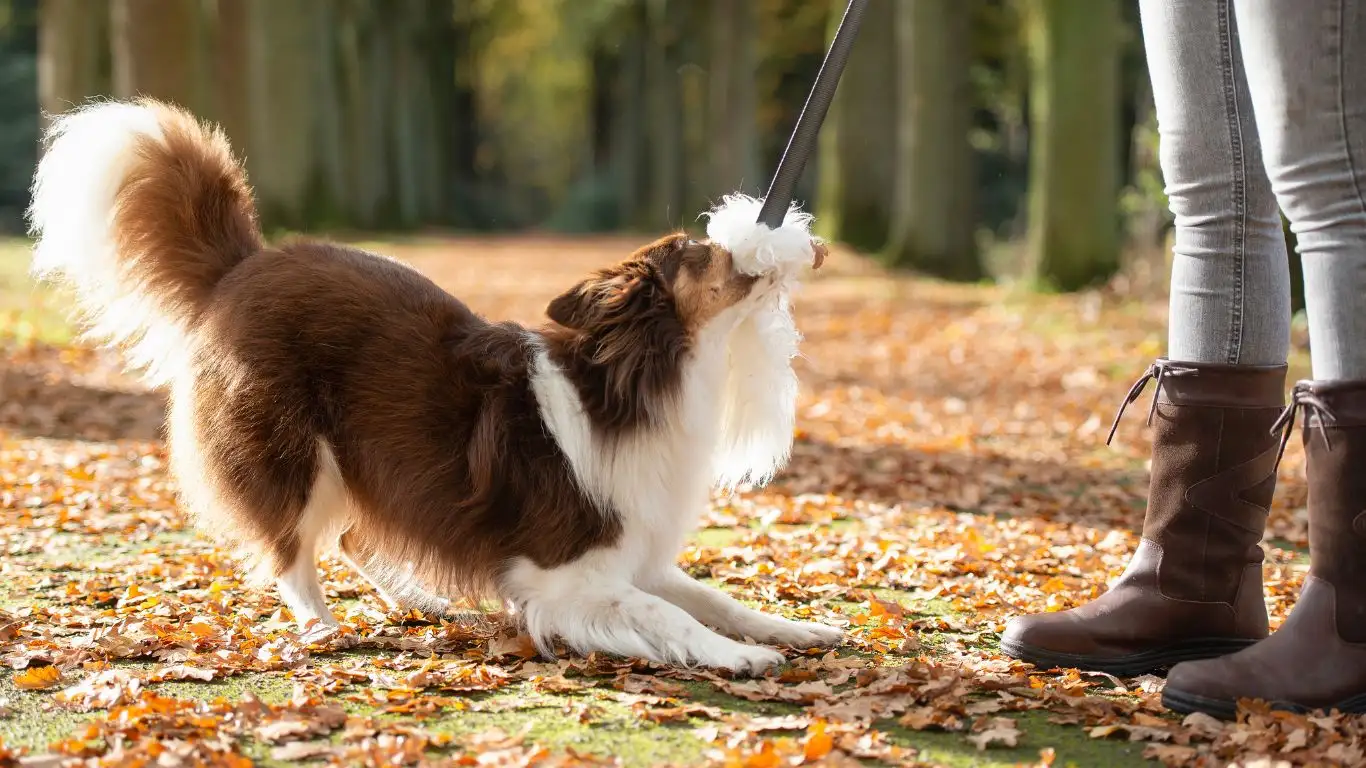
Some dogs pull because they’re excited—but others pull because they’re anxious or reactive. These cases call for a bit more finesse. I’ve worked with many therapy dogs who had anxiety-driven pulling, and the solution always starts with understanding their triggers and helping them feel safe.
Tips for Anxious or Reactive Pulling:
- Identify triggers: Does your dog pull when they see other dogs, bikes, or loud noises? Knowing this helps you prepare.
- Use distance: If something sets your dog off, create space. Distance often reduces stress.
- Focus on calm behavior: Reward your dog heavily when they remain calm near triggers, even if it’s just a glance.
- Consider professional help: If reactivity is severe, working with a certified trainer or behaviorist can make a huge difference.
When I trained Luna, a nervous rescue, we spent weeks working just yards apart from other dogs, rewarding her for calmness. It took patience but made all the difference in her walks and her overall confidence.
Why Consistency Is Your Best Friend
I can’t stress this enough: consistency beats perfection. Whether you’re training a therapy dog or just want enjoyable strolls, showing up every day with the same expectations and rules is what shapes lasting habits. In my experience, dogs thrive on routine—it’s how they learn what to expect and what’s expected of them.
Try to keep your cues, rewards, and corrections consistent across all family members and anyone who walks your dog. Mixed signals confuse dogs and slow progress.
Personal Stories: When Loose Leash Training Changed Everything
Let me share a quick story. One of my therapy dog clients was a young pit bull named Jasper. When we started, Jasper pulled hard enough to knock his handler over sometimes. His owner was frustrated and ready to give up. We took things slow—started in the backyard, used gentle praise, and made training fun. Within two months, Jasper went from pulling tornado to calm walking partner who could focus on his handler even in busy hospital halls.
That transformation wasn’t magic—it was consistent effort, patience, and using training methods grounded in kindness and respect. If you’re struggling now, trust me: you can get there too.
Resources for Further Learning
- ASPCA – Great tips on dog behavior and training basics.
- Cesar’s Way – Helpful articles and expert advice on leash training.
- Association of Professional Dog Trainers – Connect with certified trainers and find resources.
Disclaimer
This article is for informational purposes only and does not replace professional veterinary advice or personalized dog training services. Every dog is unique, and what works for one may not work for another. Always consult with a certified dog trainer or veterinarian if you encounter serious behavioral or health issues with your dog.
